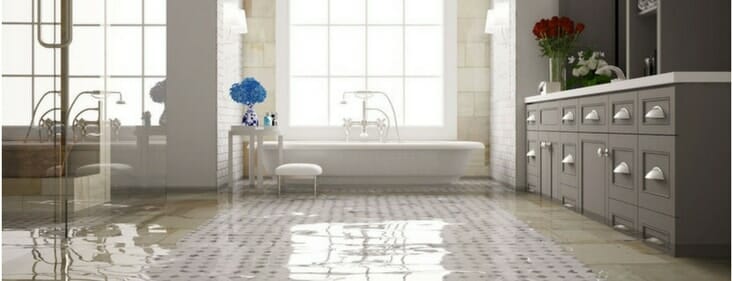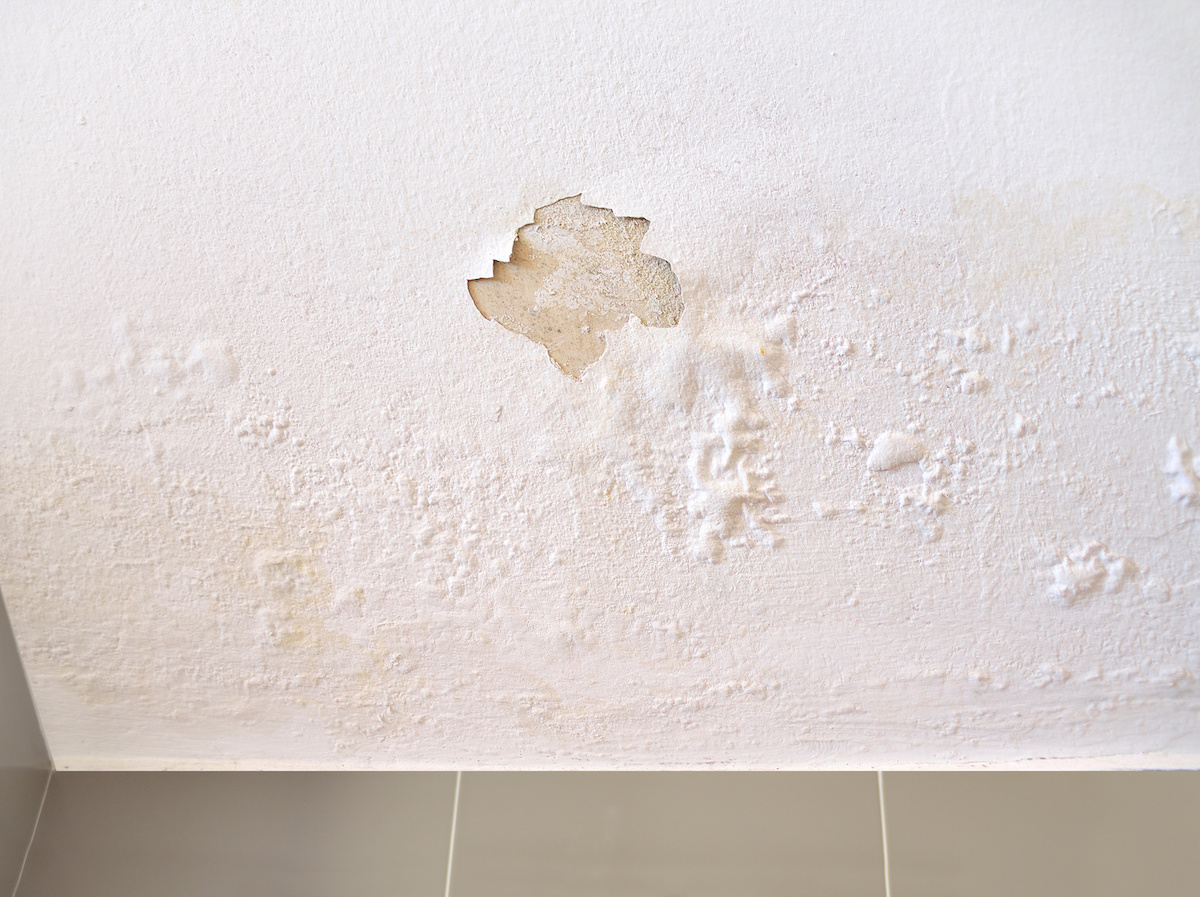Just about everyone maintains their own unique conception on the subject of How to Fix a Water Damage Bathroom.

The restroom is very vulnerable for damp buildup and also potential water damages as a result of the frequent use of water in it. This write-up offers easy examination techniques to assist finding water damage risks.
The regular use water in the bathroom makes it incredibly prone for wet accumulation and prospective water damage. By checking it on a regular basis, you can lower water relevant damages.
The following set of assessments is very easy to perform and ought to be done when in every 3 months in order to maintain your bathroom in good shape as well as to avoid prospective water problems brought on by the bath tub, the shower, pipeline joints and plumbing, sinks, cabinets, and the toilet
Do not overlook carrying out these assessments as well as be complete while executing them. Remember that these straightforward inspections can conserve you a great deal of cash by providing very early signs for water damages
Sinks and also Cabinets
Sinks and also closets are revealed to dampness and also moisture day-to-day as well as are commonly ignored. Check on a regular basis under the sink as well as on the counter top above it. Repair any kind of drip in the trap as it might recommend drain troubles. Browse the sink, slow draining pipelines may indicate an obstructed drain. Change sink seals if they are split or loose.
Tub and Shower
The shower and also tub require unique attention and also maintenance. Examine the ceramic tiles and change if cracked. See to it that there is no missing cement between the floor tiles. Check and change cracked caulking at joints where the wall surfaces meet the flooring or the bathtub. Blocked drains as well as pipelines troubles will prevent the bath tub from drying out and might show serious issues underneath the tub. Seek advice from an expert instantly to stop structural damages. Take note of stainings or soft areas around the bath tub walls as they might suggest an internal leak.
Plumbing
Signs for water damages are hard to identify because the majority of pipes are mounted inside the walls.
Pay unique attention to floor covering and wall surfaces dampness as well as discolorations as they may show an invisible plumbing issue. Check wetness degrees in adjoining spaces too.
The Bathroom
The commode is a vulnerable water joint. Examine the water lines and look for leakages around the toilet seat, in the pipe, and under the water storage tank. If you identify any indications of dampness on the floor around the bathroom, look for leaks in the toilet rim as well as tank seals.
Know that hanging bathroom dish antiperspirants increases the opportunities for blockages.
Water Damage Signs In The Bathroom To Avoid Cleanup
Musty smell
This is one of the easiest signs to catch because musty smells are so odorous. The damp, earthy, moldy smell should be a big red flag. The smell will develop when moisture gets trapped in surfaces, and begins to facilitate mold growth. Leaking pipes under cabinets, inside walls, and behind shower fixtures will cause moisture to stay trapped and not dry, which will lead to mold growth and spread. As soon as you notice any musty smells in your bathroom, have it checked for hidden water damage and cleanup signs.
Visible mold
If the smell isn’t there to give it away, sometimes you will actually see mold growth. Finding mold in your bathroom is a serious problem, because mold is very harmful to your health. By the time mold growth is visible, it also means that water damage has already occurred and been present for some time. The only way the mold problem can be resolved is to find the source of the moisture and get it stopped. To safely and adequately remove mold, you need to have professionals handle the remediation. Do not waste any time in getting mold problems addressed, fixed, and sanitized so that you can protect you and your family from the many respiratory symptoms caused by mold exposure.
Damaged floors
Bathroom floors should be able to withstand some exposure to water while still remaining in good condition. However, when excess exposure or water leaks occur, they will begin to damage even the most water-resistant flooring. If you notice any cracking, bubbling, staining, or warping on your bathroom floors, there is probably a water leak somewhere causing the distortion. If you notice areas of the floor have become softer, or even have a spongy feeling, there is probably damage to the subfloor. Subflooring is typically made up of plywood. When plywood is exposed to water or moisture, it will absorb it. Once it has become saturated, the weight of the excess water will cause the wood to swell and soften. Check the floors in your bathroom frequently to catch any of these sings before they lead to damaged subflooring.
Changes on walls
When water leaks behind walls, it will cause changes in the drywall. Peeling plaster, blistering paint, and soggy wallpaper are all good indicators that excess water is building up behind the wall. Water leaking behind drywall will cause it to swell and be soft to the tough. If you start to notice gaps along the trim of your walls, or where tile meets the wall, it could also be a strong indicator that there is a leak behind the wall. Any changes, distortion, or damage on the walls should be evaluated as soon as you notice it to prevent further water damage and cleanup.

Do you really like reading up on How to Fix a Water Damage Bathroom? Try leaving feedback directly below. We will be interested to hear your feelings about this entry. We hope to see you back again soon. Sharing is good. You just don't know, you will be doing someone a favor. Thank you so much for your time spent reading it.
Visit The Following Page